We’re exposed to mold spores in the air every day, both indoors and out, and most of the time that’s no cause for concern. But given moderate temperatures, a food source (nearly any building material) and moisture, mold can grow on almost any surface inside our homes. Left unchecked, that can mean real trouble. Mold can harm health and destroy the building materials it feasts on. Unfortunately, there’s a lot of misinformation about mold and how to handle it. So let’s separate myth from fact and look at solutions that work.

Myth #1
MOLD TESTING IS CRITICAL.
Surprisingly, this isn’t the case. Testing gives you a snapshot of the quantity and type of mold present. But all types of mold (there are more than 100,000!) need to be removed, so it’s not essential to identify the type. Also, there are no health-based safety standards for mold levels, so testing doesn’t necessarily give valuable information, and it’s expensive.
Myth #2
BLACK MOLD IS DEADLY.
This is a popular misconception; toxicity isn’t related to mold color. Some types of mold, given the right conditions, can produce mycotoxins. It’s not well understood which molds produce these poisonous substances, and even the ones that can produce them don’t always do so. And when they do, it doesn’t amount to much.
Myth #3
YOU MUST CLEAN WITH BLEACH.
Diese Geschichte stammt aus der April 2018-Ausgabe von The Family Handyman.
Starten Sie Ihre 7-tägige kostenlose Testversion von Magzter GOLD, um auf Tausende kuratierte Premium-Storys sowie über 8.000 Zeitschriften und Zeitungen zuzugreifen.
Bereits Abonnent ? Anmelden
Diese Geschichte stammt aus der April 2018-Ausgabe von The Family Handyman.
Starten Sie Ihre 7-tägige kostenlose Testversion von Magzter GOLD, um auf Tausende kuratierte Premium-Storys sowie über 8.000 Zeitschriften und Zeitungen zuzugreifen.
Bereits Abonnent? Anmelden

7 Bicycle Maintenance Tips
Keep your bike in tiptop shape and ride safe!
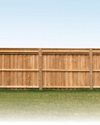
SETTING FENCE POSTS WITH EXPANDING FOAM
Any fence builder knows you need strong posts for a strong fence, and that means backfilling the postholes with a dense, hard material other than dirt.
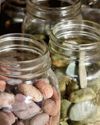
PEBBLE MOSAIC STEPPING STONES
COLLECT SOME RIVER ROCK AND MAKE YOUR OWN UNIQUE STEPPINGSTONE PATH

EARTH-FRIENDLY WEED KILLERS
HEALTHIER CHOICES FOR HUMANS AND THE ENVIRONMENT
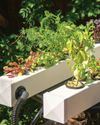
DIY! HYDROPONIC GARDEN
FRESH VEGETABLES AT YOUR FINGERTIPS
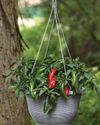
GROW MINI VEGETABLES
GROW A GARDEN IN A TINY SPACE!
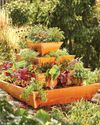
BUILD A VERTICAL GARDEN
TIME TO GROW UP!

MODERN WATER FOUNTAINS
A SPLASH OF PEACE FOR YOUR PATIO
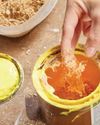
9 ALTERNATIVE USES FOR SAWDUST
Every fully stocked wood shop has a table saw. You can usually find a pile of sawdust under it, even if it's used only occasionally. If a shop has a belt sander or band saw, there's probably another pile of finer sawdust under that. Even people without stationary tools have sawdust accumulation on their workbenches.
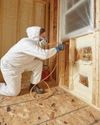
INSULATE WITH FOAM
IT'S A GREAT ALTERNATIVE TO FIBERGLASS